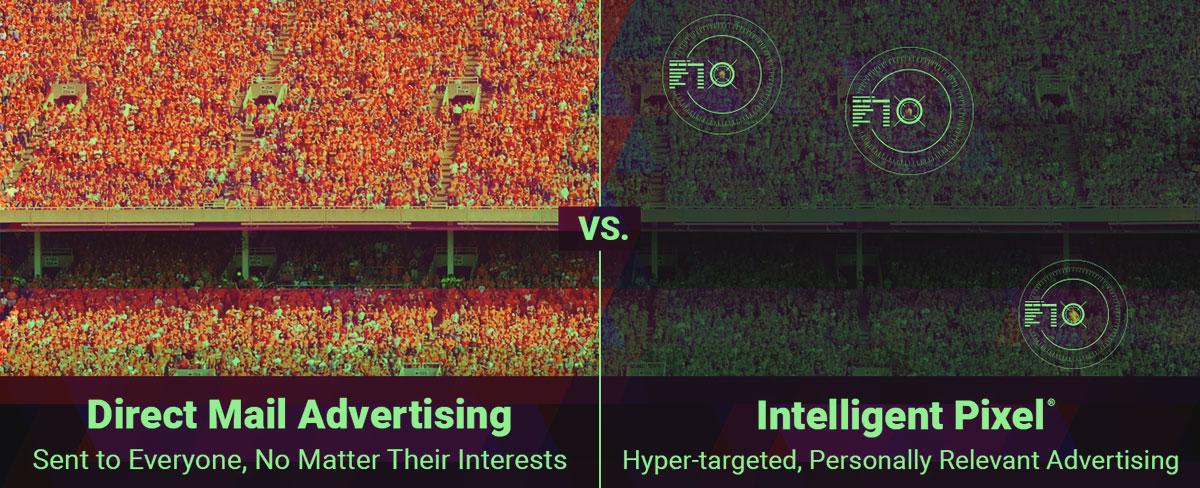CMOs Need to Pinpoint their High-Value Targets
As someone who’s spent 30-plus years in business technology and client development, I’ve seen my share of significant changes. Mostly good, mind you, including both the advent and demise of the fax machine, and the recent joy of becoming a grandpa. (Always happy to show you pictures).
Some of these changes really stand out for their intrinsic value and impact on ROI. Take programmatic media and machine learning, for example. Not long ago, Direct Mail was considered one of the most sophisticated, targeted tactics available. We attributed high value to our mailing lists and placed great confidence in Prizm Clusters and other demographic estimates, hoping there were enough comparable consumers to get meaningful results. It was all about the “law of large numbers” (not to be confused with “Big Data”), so we’d throw a huge volume of ads out there and settle for what we could get. I’ve even received ads via fax – talk about “Spray & Pray!”
But now we have the ad technology to learn a great deal more about each individual consumer and the ability to apply that knowledge – in real time – to deliver hyper-targeted, personally relevant advertising. It’s no longer about zip codes, comparables and the law of large numbers. It’s about deeper insights, detailed demographics and understanding your best customers’ online behavior.
As a result, today’s most effective marketers are driving greater revenue and delivering a much higher ROI. Imagine if every piece of direct mail that showed up in your mailbox was actually of interest to you. Suddenly, it’s not “junk mail” anymore, is it?
As a result, today’s most effective marketers are driving greater
revenue and delivering a much higher ROI.
The best programmatic media systems – like Modern Impact’s Intelligent Pixel® platform – turn Big Data into smart data by assessing the behavior of your best customers, using those insights to develop unique user personas, then attaching those profiles to millions of other consumers to build vast look-alike audiences; in other words, millions of similar customers you may have never found otherwise. Then these same systems use cognitive algorithms (or what we used to call comparative formulas) to measure market response and automatically adjust ad placement or messaging to promote increasingly more effective campaigns. (For more on programmatic, read Michael Priem’s blog on the topic.)

And voila! The law of large numbers still applies, but takes on a very different meaning because you’re now delivering this one-to-one, relevant advertising to millions at one time. Media may be more expensive these days (because everything is), but when you hyper-target via machine learning, you no longer have to reach everyone in whole world. You can reach just everyone in the world who wants to hear from you, and do it for a fraction of the cost.
No more Spray & Pray marketing strategies. No more “throwing it against the wall” to see what sticks. No more analog tactics in the digital world. It’s smarter. It’s easier. And if this grandpa can become an expert at it, then trust me, you can, too.


